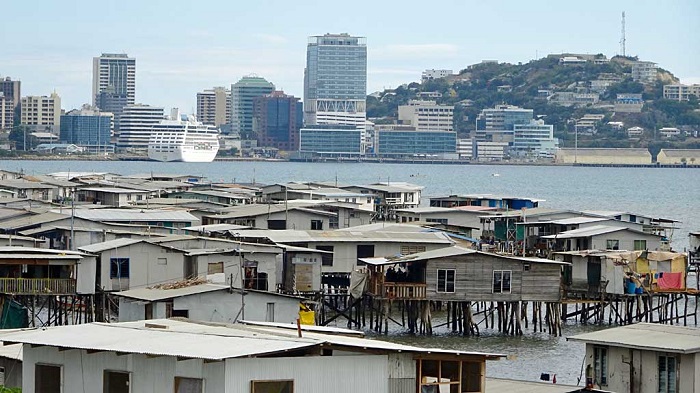Our Sierra Leone to Senegal journey continues. Here is the stretch from the Sierra Leone/Guinea border to Conakry, then onwards to Boké and the Guinea-Bissau border.

The drive from Freetown to the capital of Guinea should take about 6-7 hours, allowing time for the border crossing. We leave Freetown ca 07.00 and enter Conakry at 14.30. Not bad, considering we are in the middle of the wet season (May – October in West Africa), with road conditions to match.
Exit Sierra Leone, enter Guinea: we’re not in Kansas anymore, Toto
After passing Sierra Leone’s passport control, our driver from Freetown finds a new one to take us the rest of the way to Conakry. Easy-peasy. So far.

Welcome to Guinea!
As soon as we cross the border, it becomes clear we are in a different country. And to be honest, not good different. Check points are prolific in the border area here, just as they were on the other side. But here, corruption is much more prevalent. Not large amounts, often just enough for a cup of coffee or two. But it is the principle, isn’t it? I notice our new driver has a stash of small notes in the console, handing over a few at every stop.
About 3 hours later, we arrive in Conakry, and somehow, we end up in the traffic nightmare that is Marché du Niger. Feels like half of Conakry’s 2 million residents are at this fruit and veg market today. How our driver – or anyone on anything larger than a bicycle – manages to drive through without seriously injuring anyone or anything, is beyond comprehension.
We are less impressed with our driver’s alleged local knowledge of Conakry, though. He simply cannot manage to find Hotel Central, despite it being very true to its name. In the end, Andrew has to guide him.
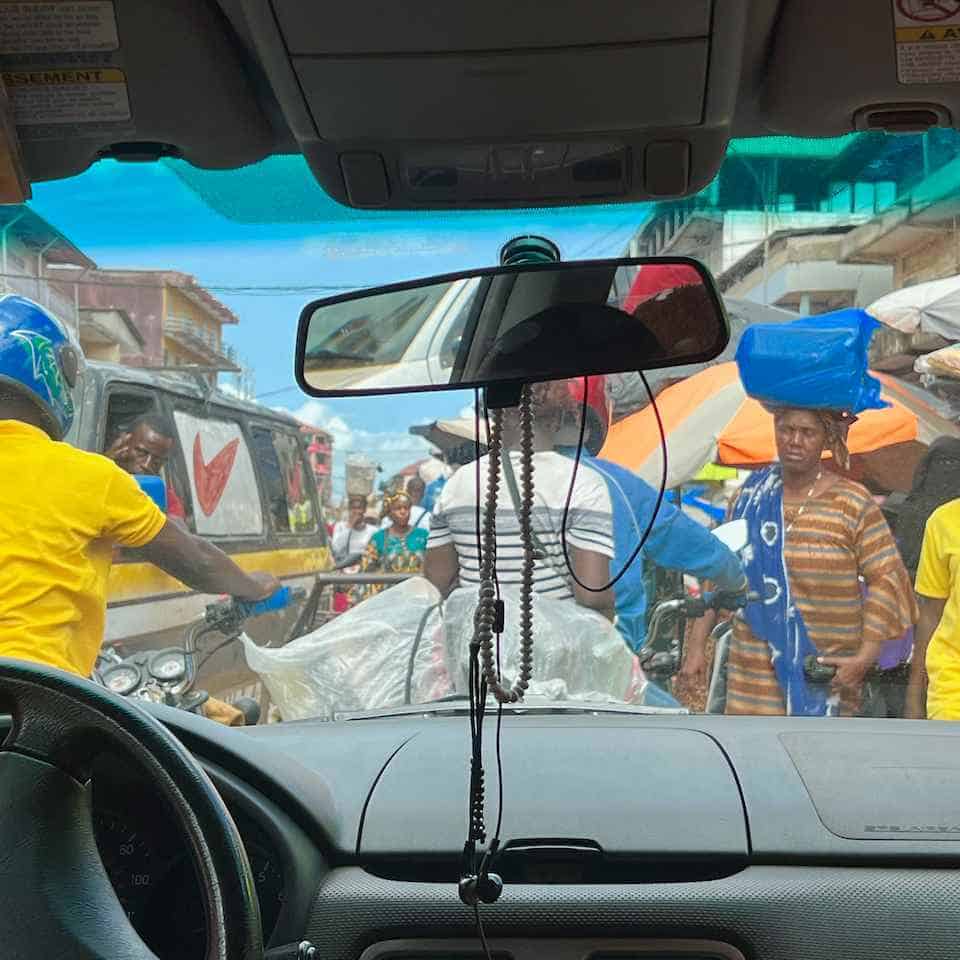
Marché du Niger – a random Monday in July 2023
Guinea can be confusing, not least the fact that there are 4 of them. On our road trip, we visit Guinea and Guinea-Bissau. Further south along the West African coast is Equatorial Guinea.
But why are there so many Guineas? And what does Guinea mean? Let’s take the name first: If you have watched Pirates of the Caribbean – or any pirate movie – you will have heard of Guineas, gold coins of the golden age of piracy – and legal tender in the UK until 1816, when it was replaced by the pound. Those coveted Guinea coins came from West Africa. Because gold.
There are several theories as to the origin of the name; what we do know is that by the 1700s, European explorers (and exploiters) used the name Guinea for much of the West African coastline. And an attractive coastline it was, with gold in abundance, so several countries insisted on controlling their own bit of it. Guinea, where we are now, was once French. Guinea-Bissau was Portuguese, and Equatorial Guinea was Spanish.
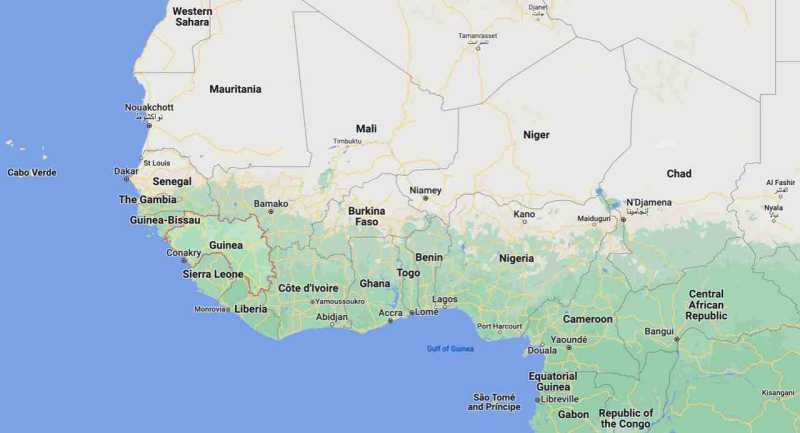
But … didn’t you say 4 Guineas, you ask? This map only shows 3? Or are my eyes deceiving me?
Nothing wrong with your eyes, you observant reader you. There are 4 – or even 5 – countries with the name Guinea in it. The 4th (and 5th) Guinea are not in Africa at all. Instead, it is Australia‘s closest neighbour, an island about 150km from the northernmost tip of Queensland.
We have Yñigo Ortiz de Retez to thank for that. Yet another European explorer (Spanish), who thought it was perfectly fine to just waltz in and take over other people’s land. In his opinion, the people on the Pacific island looked very similar to those he had seen on the Guinea coast of West Africa, and so he decided to name the island New Guinea. I reckon he did not much care what the locals thought about that. (That said, the locals actually did come from Africa, beating the Spanish by ca. 45,000 years.)
Today, like Hispaniola, the island of New Guinea is divided by 2 countries: the independent country Papua New Guinea and Western New Guinea, which forms part of Indonesia. Et voilà: 5 Guineas.
Plan A (and B, C, D and E)
A week or so before departing for West Africa, we find out I need a visa to visit Senegal. (Brits don’t.) Now, visas are readily available on arrival at Dakar airport. However, we would be entering Senegal by land.
I needed a backup plan. Several plans.
- Plan A: get the visa in advance, somewhere in Europe
- Plan B: get the visa in Conakry
- Plan C: get it in Bissau
- Plan D: sweet-talk my way through at the border crossing
- Plan E: go back to Bissau, fly to Dakar, get the visa on arrival and meet up with the rest of the gang there
There’s no Senegalese embassy in Oslo, so I get on the phone to several others around in Europe. All refer me to the Netherlands. I’m ready to hop on the first plane and knock on the embassy door in the Hague, but frankly, I’m not sure it even exists. Numerous messages, emails, phone calls to several numbers during all hours of the day results in exactly nothing. No replies. No one picks up the phone.
So much for Plan A. I phone the embassy in Conakry. And whaddyaknow, they answer! Things are looking up! They also tell me I don’t need a visa, since Norway is a member of the EU! Yeah… we’re not. Takes some convincing (in rusty French), but in the end, I’m told to stop by when I’m in town.
Arriving in Conakry, Plan B is set in motion. A quick call to the embassy. It’s open until 17.00, just enough time to pop around, get the visa and Bob’s your uncle. Or so I thought.
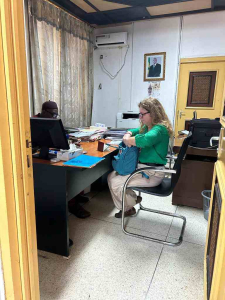
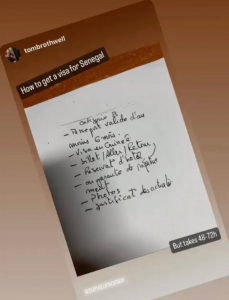
I hand over all the necessary documentation, as required – and handwritten – by the gentleman behind the desk. All appears to be in order, so… visa? Please?
Not so fast. I am asked to check back in 3 days, to hear if it is ready.
But, but… we’re leaving Conakry in 2 days!
Can’t be helped. A visa is not guaranteed, you know. All the documents must be scrutinised.
Plan C it is then.
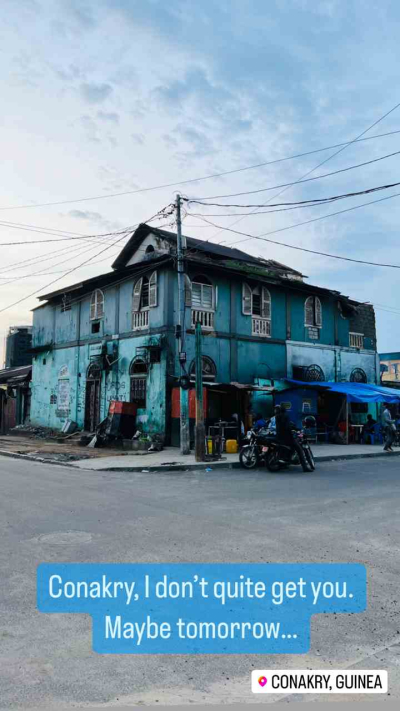
Conakry mood, Day 1
Embassy issues aside, first impressions of Conakry include crowds (sooo many people), beggars (exceptionally tenacious), goats (cute), rubbish (awful), dirty roads (also awful), traffic (heavy) …
But tomorrow is another day!
Good morning, Conakry
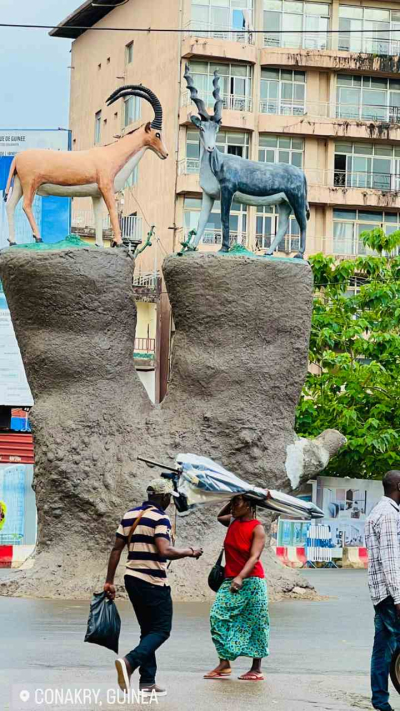
Just outside the door from our (very central) hotel is this sculpture.
It’s a Jolly Holiday with Visas
We are not finished with visas yet, oh no! And this time, we all need one, for Guinea-Bissau. The location of the embassy is not entirely clear. Different sources give different addresses. But we find the right one, at the outskirts of town, next to the North Korean embassy, so all is good. Handing over documents and fee (100 EUR pp for single entry, 150 for multiple), we are asked to wait for about an hour.
In the meantime, we can either hang out in a waiting room with sofas and crooked maps on the wall …
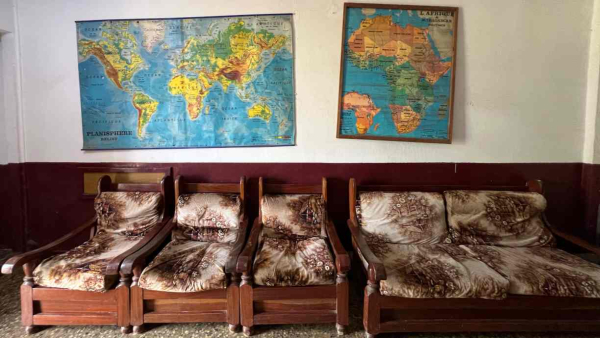
…or we can go to the bakery around the corner for a cup of tea.
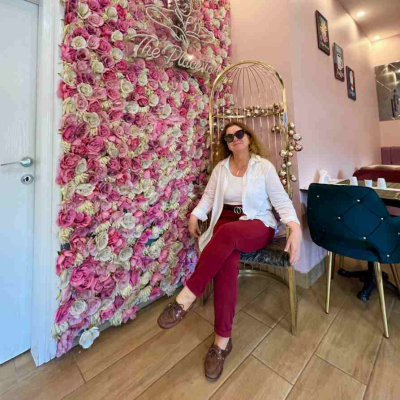

Visa wait at the pink, flowery Douceur du Lac
One hour later, true to her word, the lady at the embassy gives us back our passports, with handwritten visas.
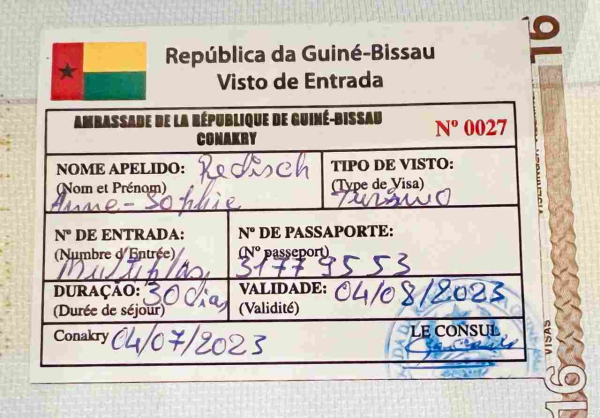
Nostalgia
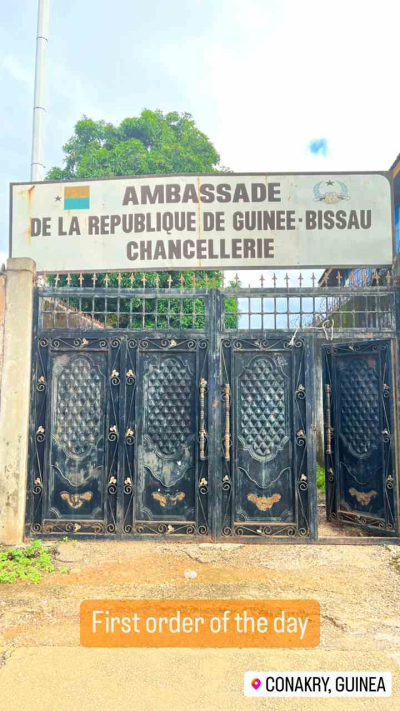

Money, money, money
Next up: cash! The currency du jour is Guinean franc, and ATMs don’t readily pay out, at least not any significant amounts. Best to give Western Union a go; an outlet is just around the corner from our lodgings. Should be in and out in a few – with a couple million francs in hand! Or so we think. Several clerks are needed to handle our request, and some are on their lunch break. We wait. And wait.
Finally we can leave, now freshly minted millionaires.
But wait a minute, don’t go just yet! We look at each other. Everything is signed, we have the money, we have the receipts… What now?
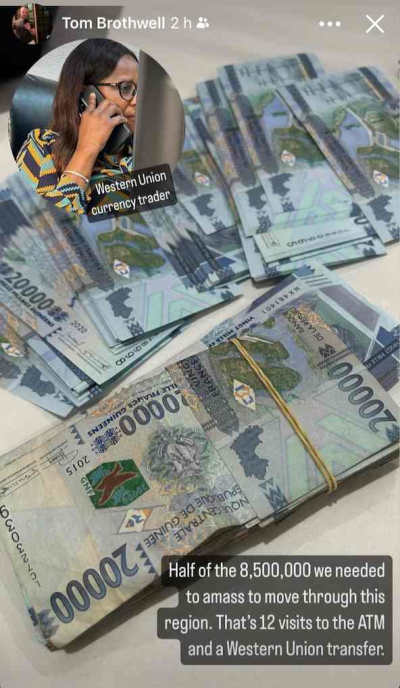
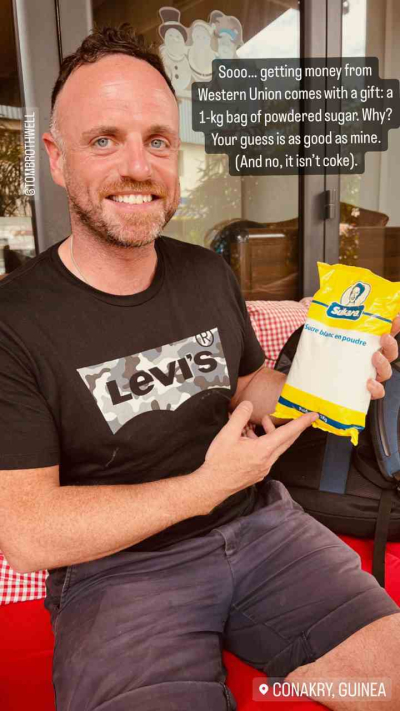
Powdered sugar, that’s what.
8 things to see and do in Conakry
Reading up on fun things to see and do in the Guinean capital before travelling, my impression was that Conakry seemed to be more about vibe and atmosphere than particular things to see. One blogger had this glowing review: ‘The city has a slummy quality about it but it’s something about it…. Not the worst place in the world.’
Not the worst place in the world! Are you as curious as I am?
1. Sandervalia National Museum
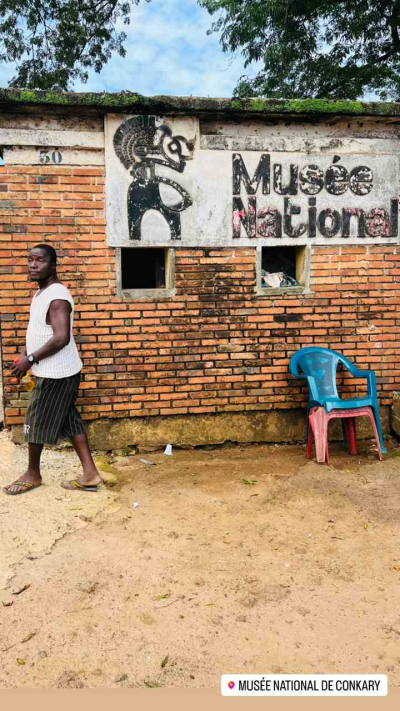
The not always reliable Internet says the national museum sees about 10 visitors pr week, which is kinda interesting in itself, isn’t it? Artefacts on display represent all tribal groups in Guinea. We’re talking masks, fetishes, musical instruments, and several statues, incl. one of a white saviour with a naked local lad. The reviews continue: there is an artisan gallery/shop with things not made in China. The museum needs cleaning, has a friendly guide who may or may not be around, and a man weaving.
Here is a comment that particularly caught my attention. So much, in fact, I feel this museum is a must-see:
One of the displays showed broken pieces of glass bottles, and the description mentioned these were glass bottles used to store liquids…
Alas, the museum is now closed. Those broken pieces of glass bottles once used to store liquids, will sadly remain unseen by my eyes.

However, for a small fee, a kind watchman allows us in for a quick walkabout in the grounds.
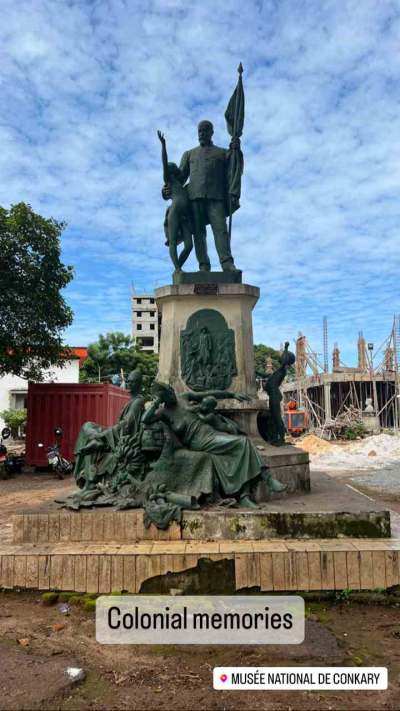
Dr Noël Ballay and local lad
2. Jardin Botanique


Conakry’s botanic garden with leafy trees is a nice place to catch your breath in the midday heat.
3. Cimetière Français de Boulbinet
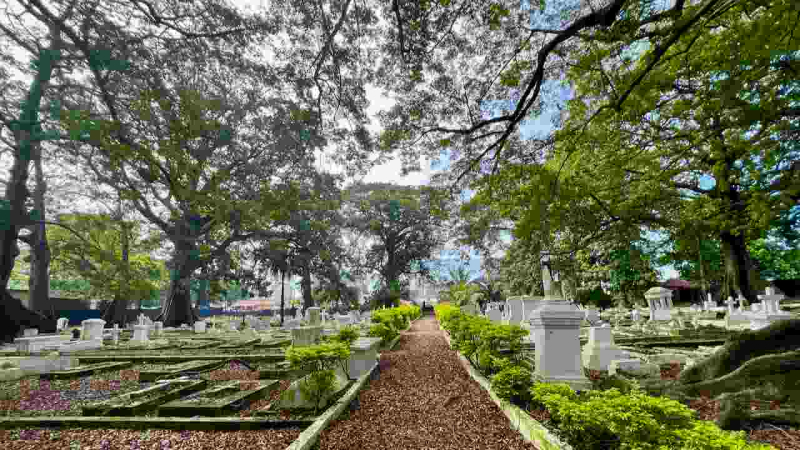
Another peaceful, leafy spot, this French cemetery is the final resting place of Europeans in Guinea, most of them painfully young. Conakry can’t have been an easy place to live 100 years ago.
4. Grande mosquée de Conakry
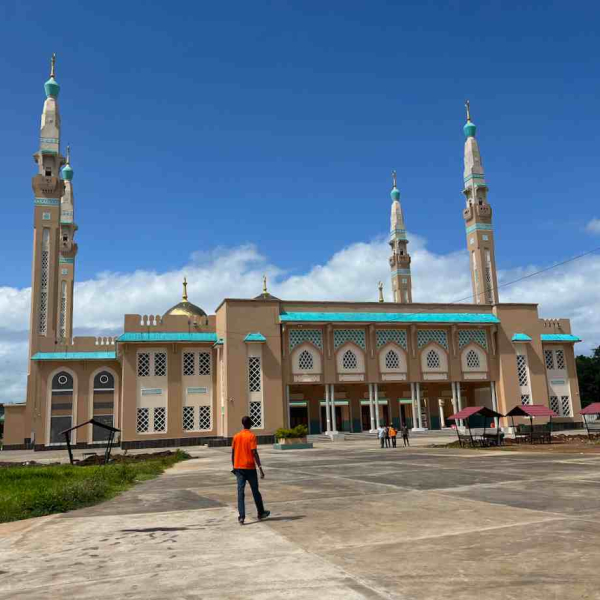
East of the Botanic Garden is the Saudi financed Conakry Grand Mosque, the largest mosque in Sub-Saharan Africa with room for 12,500 worshippers inside, and another 12,500 outside. Various revolutionary leaders/national heroes are buried in a mausoleum in the gardens.
I was a bit unprepared, and had not brought a hair cover. But no worries, a taxi driver came to the rescue.
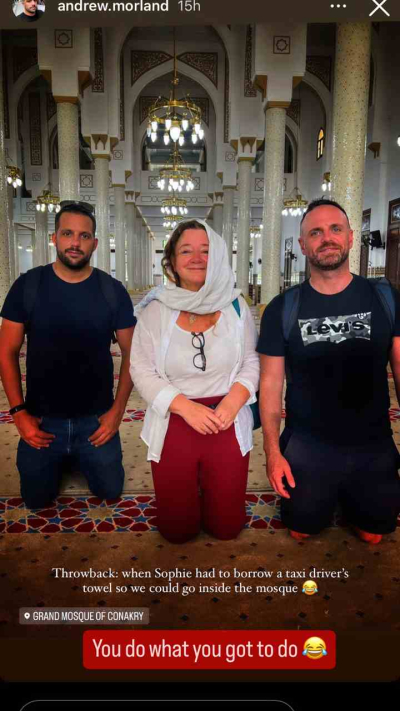
On a more sombre note, the mosque also plays a thought-provoking part in Guinea’s recent history. On 28 September 2009, during a rally to protest against the government that had taken power in a coup d’état 9 months earlier, 50,000 people took to the streets – and to the large stadium. The government security forces opened fire, and killed at least 157 people.
4 days later, 58 of the corpses were laid out in the mosque, many of them unrecognisable to their families and friends present. Clashes with the police led to the mosque being filled with tear gas.

5. Cathédrale Sainte-Marie – and postcards
Catholicism never really became a big hit in Guinea, and all but rejected once the country became independent. Islam won big time. Maybe that is why the 90-year-old St Mary’s Cathedral is empty when we are there.


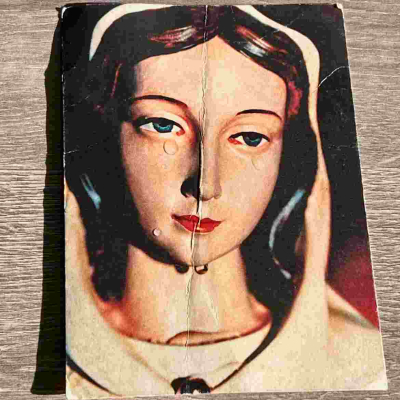
Pretty church, though. And, importantly, the only place in town where we find postcards for sale. All from ca. 1970, and most with religious motifs, but still… We get 17, then find a place to sit down and write them.
6. Post office
Not a sight per se, but this is where we learn postcards are considered individual, erm… shipments, I guess – and cost 8 EUR each to send!
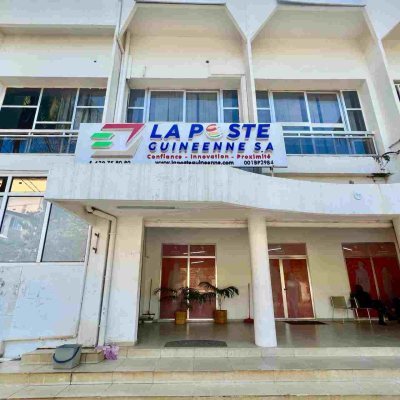
Needless to say, the 17 postcards come along to the next country, in the hope of more normal postage prices.
7. Markets
Just mentioning Marché du Niger again, in case you are of a masochistic bent. Conakry’s fruit and vegetable market is the very definition of massively overcrowded, and then some. Getting exhausted just thinking about it. If you want to brave it anyway, do it on foot – and be aware of pickpockets – and that traffic.
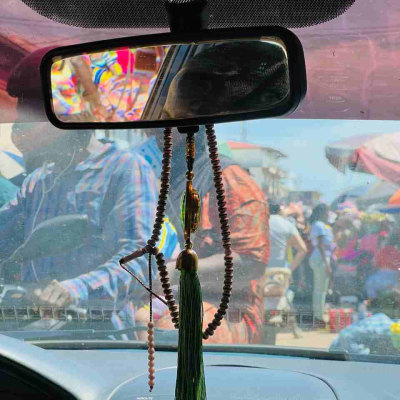
One of the largest markets in West Africa, is Marché Madina. You’ll find fruit and veg here, as well. Also old magazines, cloth, books, and well, basically everything. We only pass through at the edge of this one.
More interestingly (to me, at least), Marché Madina was also scene of the Guinean Market Women’s Revolt in 1977, when the women merchants here protested against la police economique, i.e. government-set prices on the goods they sold.
8. Food and drink?
Why the question mark, you wonder? Well, could be bad luck, I don’t know, but I can’t really recommend any eateries – or drinkeries – in Conakry. We had planned to try Obama, a dilapidated seafood shack on stilts over water, with good reviews for food and atmosphere. But alas, Obama was closed. Permanently.
The most highly recommended restaurants in Conakry seems to be in high end hotels. Not usually the most exciting prospect, but we give a few of them a try: M’Lys, Kaloum, Noom… all kinda meh! At Noom, we have dinner outdoors in the balmy African night, next to the swimming pool, with bats flying overhead. Sounds pleasant enough, doesn’t it? Well, it is. Or, it could be. However, with only one item on the menu – very expensive, but otherwise unremarkable cheeseburgers – it is hard to give an enthusiastic recommendation.
In short, culinary delights elude us in Conakry. That said, the bissap (hibiscus) juice is delicious.
(Have you been in Conakry, and found scrumptious eats? If so, drop me a note, and I will update with your info.)
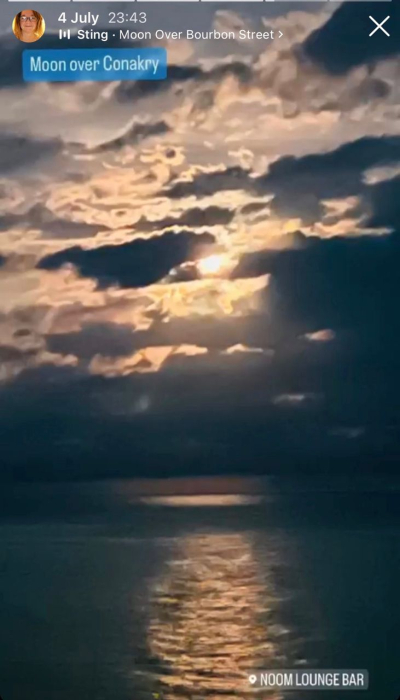
A little African history on our way out of town
Today, we are heading north up-country. The receptionist at our hotel has arranged for a car and driver to take us all the way to Bissau. (There always seems to be someone who knows someone.)
We are back at the Guinea-Bissau embassy, this time to get the laissez-passer (driving permit) to be allowed to cross the border. Almost beginning to feel like home, this embassy.
Once more, we have about an hour’s wait. Wandering around the gardens surrounding the embassy, I spot a sculpture. A man hanging about (presumably waiting for a visa himself), tells me this is Amilcar Cabral, the leader of PAIGC – Partido Africano da Independência da Guiné e Cabo Verde (African Party for the Independence of Guinea and Cape Verde).
Being a Marxist revolutionary in the 1960s and 70s was dangerous work. On 20 January 1973, Cabral was murdered by a rival right here – in what is now the embassy grounds in Conakry. Some say Portuguese authorities orchestrated the killing.

After the assassination, Amilcar’s half-brother, Luís Cabral, was made party leader and eventually became the first president of Guinea-Bissau.
Thoughts as we leave Conakry
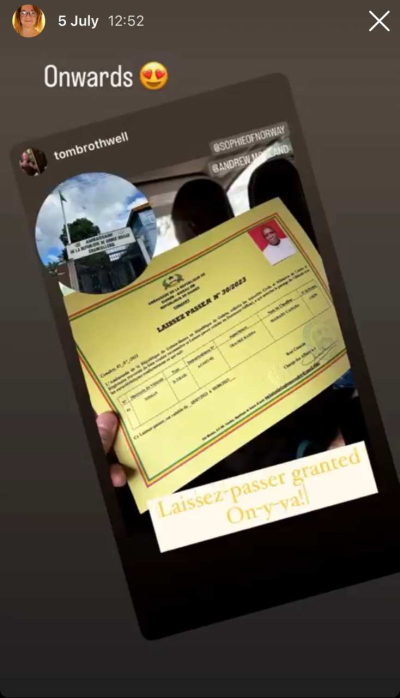
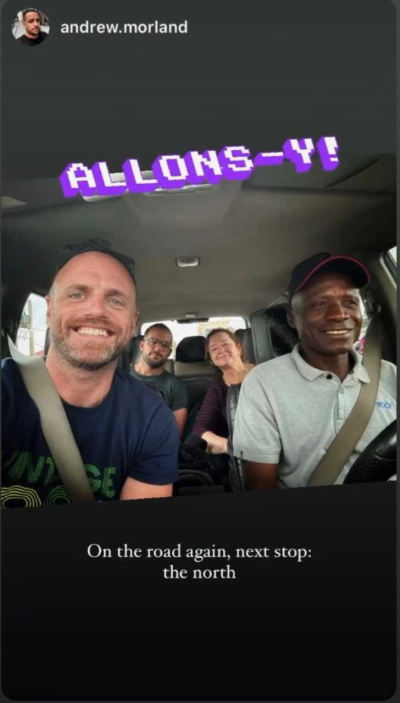
Finally, the laissez-passer comes through, and we can be on our way.
Conakry is a city of contradictions. On the one hand, it feels a bit ominous; volatile somehow. It makes me wonder if it’s ripe for the Wagner Group. Ramshackle buildings, rubbish everywhere, mad traffic, and hardly any street lights. Roads are mostly unpaved and dirty, with puddles everywhere. Walking around feels a bit uncomfortable, especially in the dark, with fast traffic seemingly coming at you from every direction.
On the other hand, Conakry is colourful, and most people we have met, are friendly enough. In sum, though, we are not sad to leave.
Our journey through Guinea
The north: Boké
Conakry to Bissau is a long drive – 12 hours, at least. So we have decided to stop for the night in Boké, about 90 km from the border. Conakry to Boké should be about 5-6 hours. We leave the embassy at 11 o’clock, and after a brief water stop (in a strip club – beggars can’t be choosers), we arrive in Boké at 16.30. Not bad!
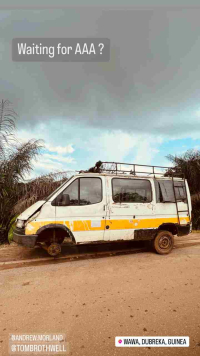

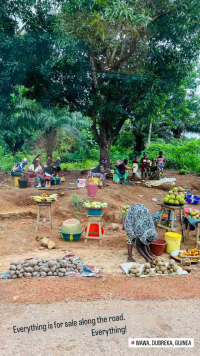
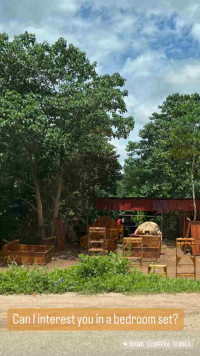

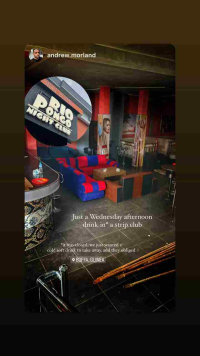
Along the road from Conakry to Boké
Dropping our bags in our lodgings for the night, the friendly little Hotel Filao, we set out to explore.
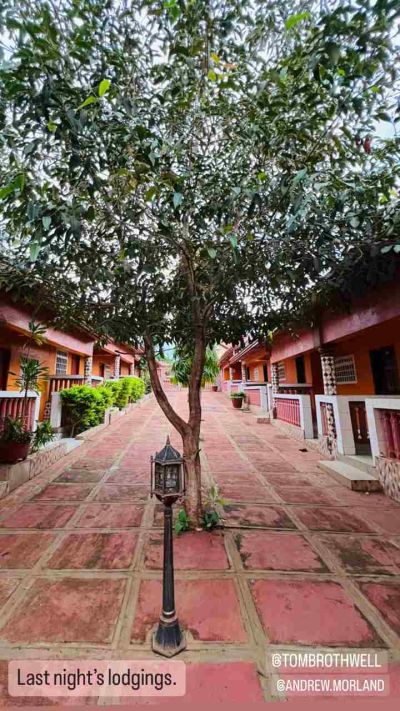
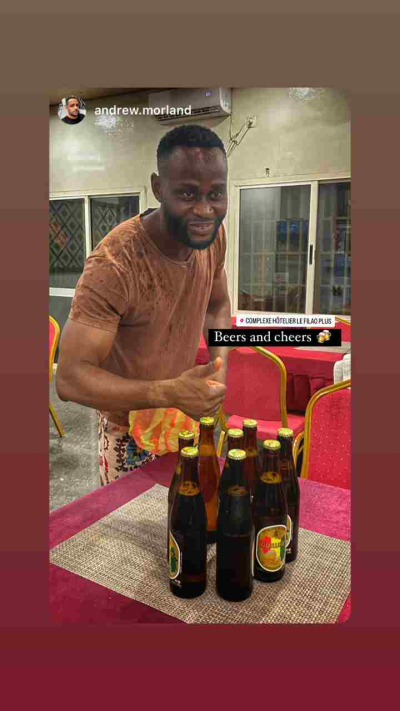
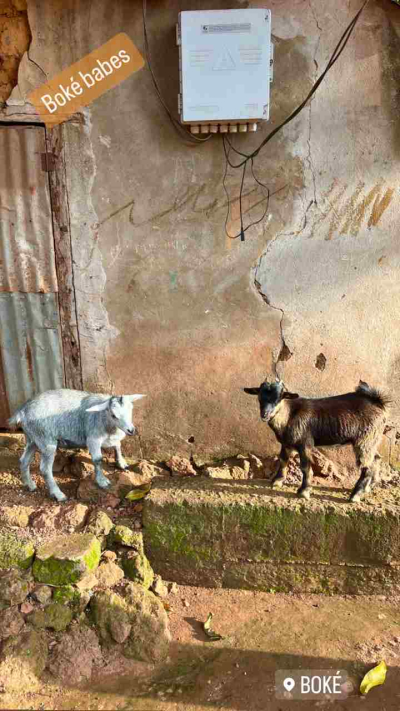
Hotel Filao, the friendly chef, and street goats in Boké
Dinner is chicken brochettes at Restaurant MAS, and afterwards we end up at Classico – the hot club in town.

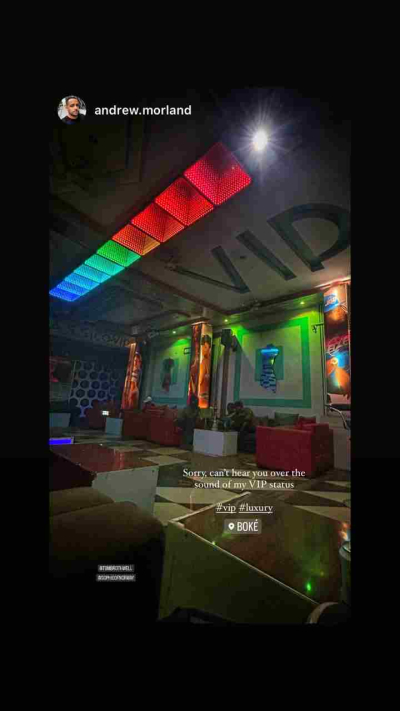
Boké food and fun
By the time we leave the club, it is dark. Traffic and roads are as bad – and unlit – as in Conakry, so walking back to our hotel is not a tempting proposition. A taxi, perhaps?
Turns out the only taxis in town are motorcycles. Helmets? What helmets?
Well, needs must. (And OK, I admit it was a fun ride.)
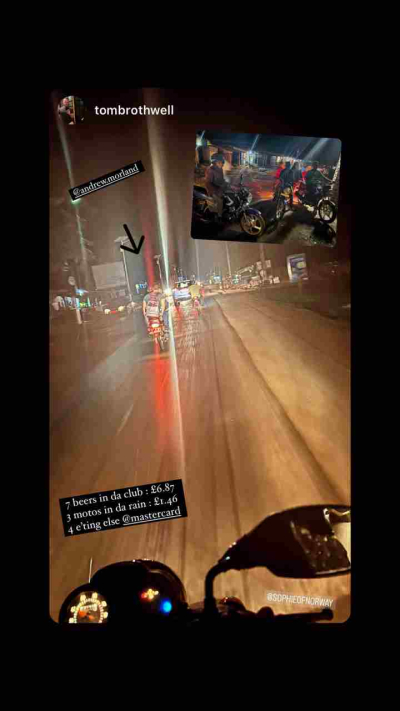
Sexy, yet statistically stupid.
Onwards
Last leg of our journey to Bissau ahead! Boké to Bissau should take about 7 – 8 hours. Late afternoon drinks in Bissau, then.
Also, the border is only 90 km away! 90 km! Sounds just up the road, doesn’t it? Little do we know.
We have barely left Boké, when we learn the road to the border is not drivable. We need another route. And with that, a 7-8 hour drive, has become 35, including an unplanned night at the border. As for the road, well, a picture paints 1,000 words. I can’t even begin to imagine what the undrivable road must have looked like.
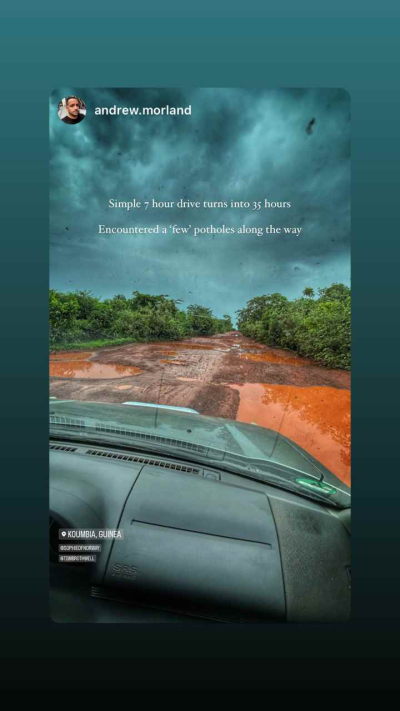
Life is a highway, the Guinea version.
Adventures at the border
We arrive at the border at 20.00 – 2 hours after closing time.
On top of that: 13 hours on the road with just a few biscuits to eat all day. We are hungry!
Now what?
Fortunately, we are flexible folks. The police de frontiere offer up Spaghetti Bolognese with gazelle meat and mayonnaise. Me, I stick with just spaghetti. But I hear the gazelle is tasty. Around a corner, there’s beer for sale in a tiny hut.
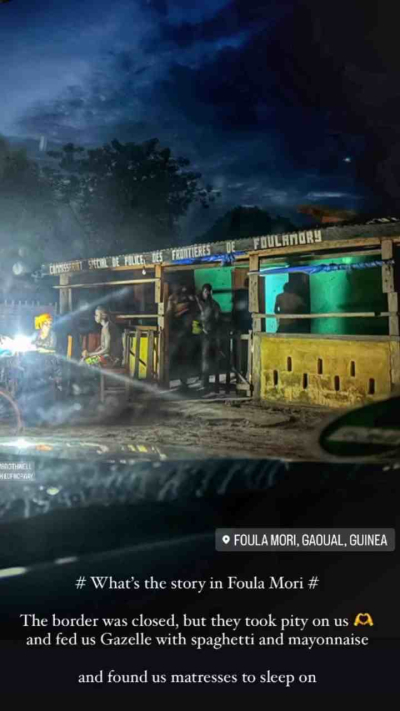
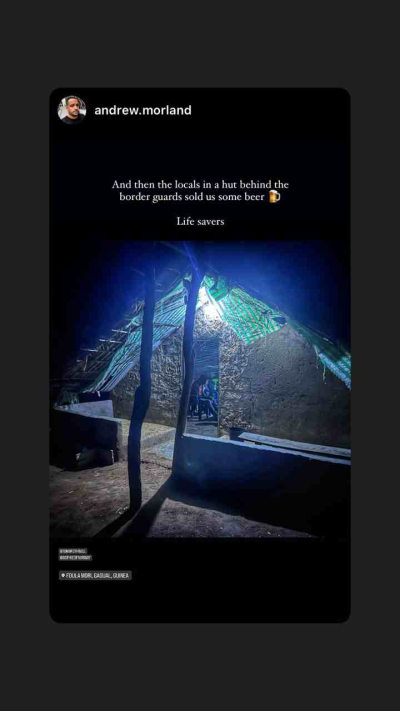
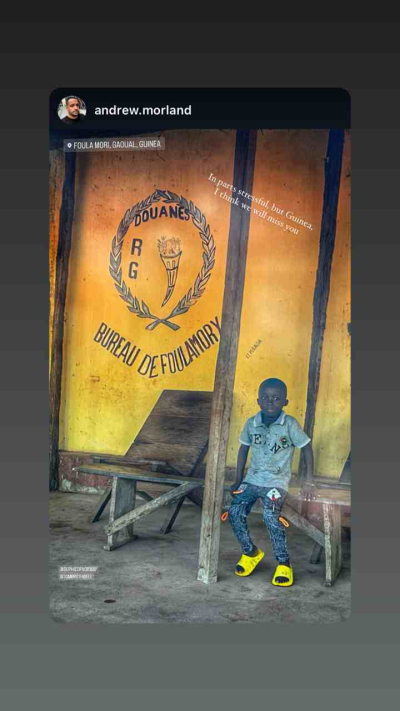
Friendly locals all round at the border
With our passports as collateral, we are put up on worn mattresses in a flop house just inside the border. It never becomes entirely clear to me what this house is. A welcome house for refugees is suggested.
I won’t pretend it is the height of comfort, but it certainly is an interesting experience. We bring chairs outside, light the mozzie chaser, drink beer and look up at the starry African night! Cosy!
Good morning border
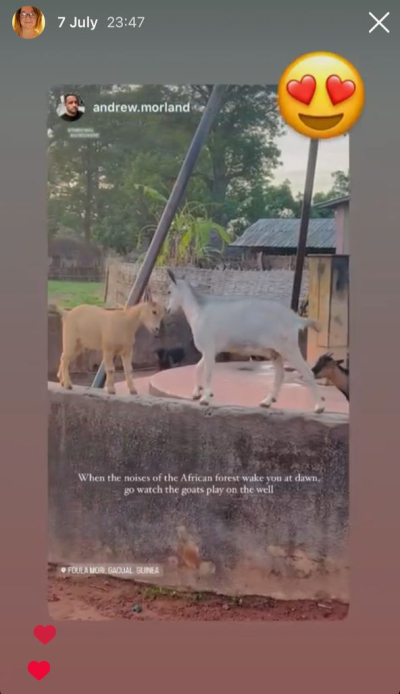
Up bright and early once again, with time for a wander around whilst waiting.
(Waiting is probably considered a sport in Guinea.)
Our passports are returned, we are duly stamped out of Guinea, and the journey towards Bissau can continue. More potholes! It takes about an hour and a half to get to the Corubal River, which forms the border to Guinea-Bissau.
But here we are, at long last.
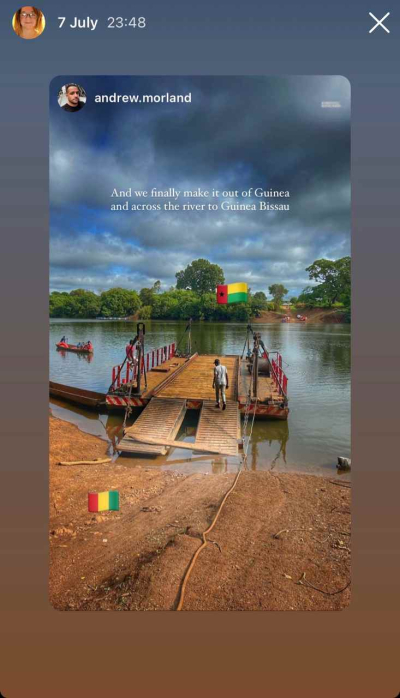
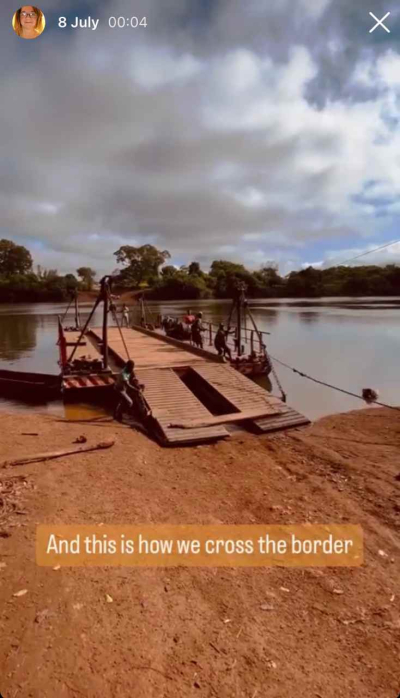
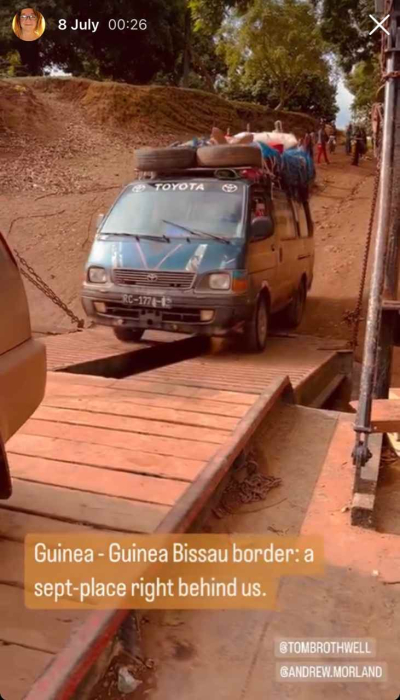
Adieu Guinea!
Bom dia Guinea-Bissau!

What happens on the other side? Watch this space!
Here is part 1 of Road trip West Africa: Sierra Leone
All photos by Andrew Morland, Tom Brothwell and yours truly, unless otherwise noted.
